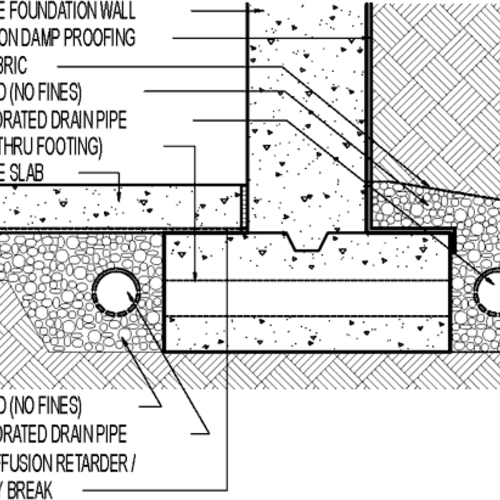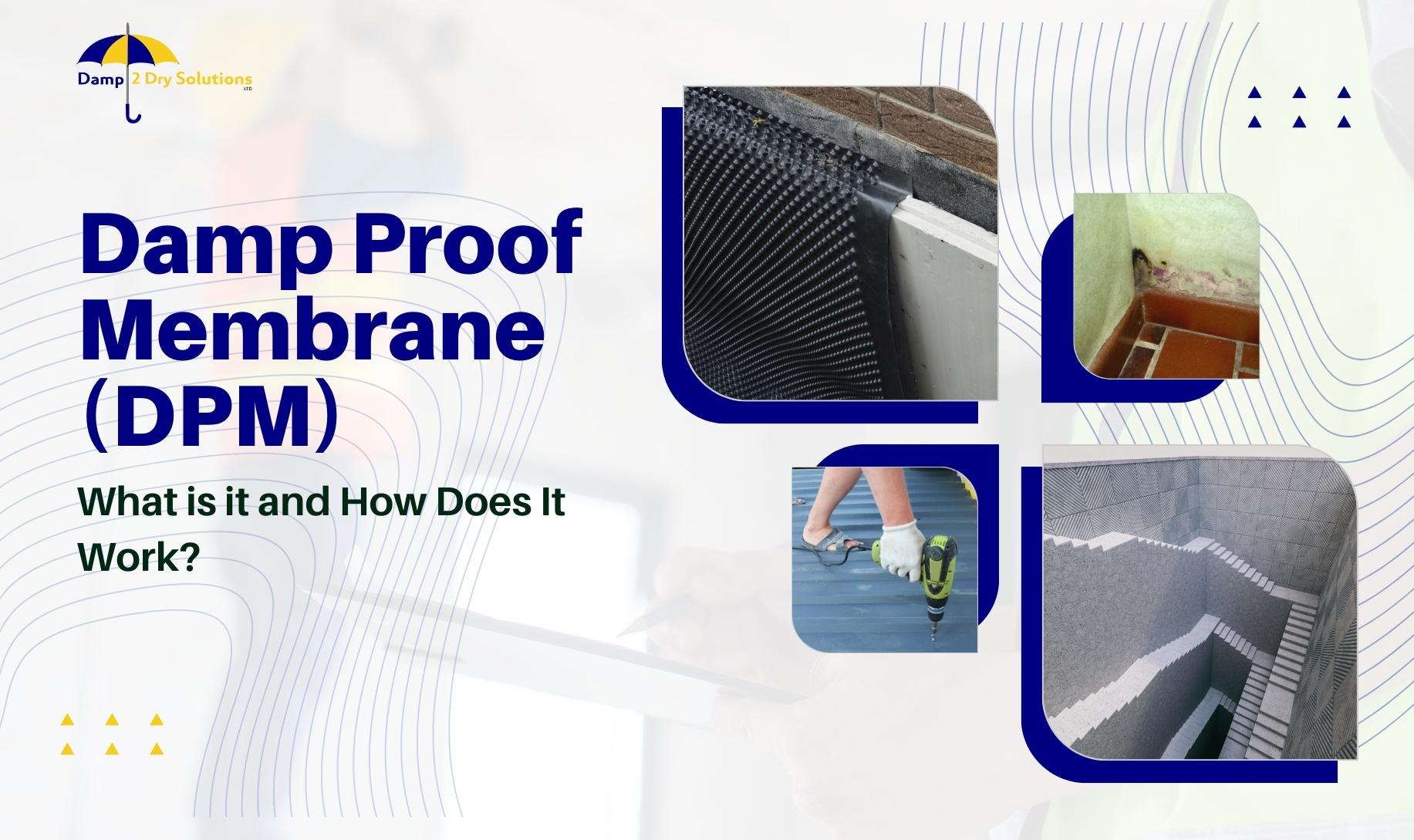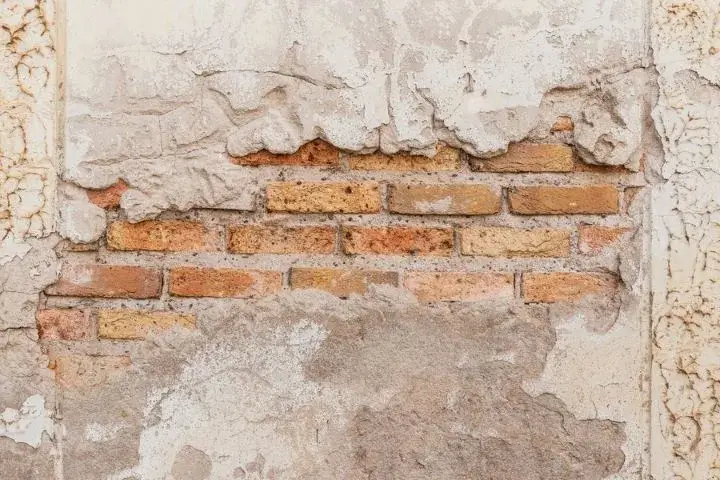Common signs you need damp proofing newcastle services now
Common signs you need damp proofing newcastle services now
Blog Article
Exploring the Various Strategies and Solutions for Effective Damp Proofing
Dampness in structures poses significant challenges to both structural integrity and indoor air top quality. Numerous techniques and remedies have emerged to battle this prevalent concern. From conventional damp-proof membrane layers to innovative chemical therapies, each approach supplies special benefits. Understanding these alternatives is necessary for effective moisture control. Nonetheless, choosing the ideal remedy depends upon specific structure conditions and needs, prompting further expedition right into the most effective damp proofing approaches available.
Recognizing the Causes of Moisture
Although wetness can emerge from various sources, understanding these causes is important for effective removal. Typically, wetness originates from 3 key resources: climbing moist, passing through moist, and condensation. Increasing moist happens when groundwater takes a trip up through porous products, such as brick or rock, usually as a result of a lack of an effective obstacle (damp removal newcastle). Penetrating wet is generally triggered by outside factors, including roof leaks, damaged rain gutters, or damaged wall surfaces, enabling water to penetrate a building. Condensation, on the other hand, results from excess wetness airborne, typically exacerbated by bad ventilation and temperature distinctions, leading to water droplets basing on surface areas. Determining these underlying issues is important, as each sort of dampness calls for a tailored approach for removal. Proper assessment assists in establishing the most reliable remedies, eventually protecting the structural honesty of a building and enhancing indoor air high quality
Traditional Damp-Proof Membrane Layers

Chemical Damp-Proofing Solutions
Chemical damp-proofing options offer a cutting-edge approach to stop dampness intrusion in structures. These approaches typically involve the application of liquid chemicals that permeate masonry and develop a barrier versus rising wet. Commonly used chemicals include silanes, siloxanes, and various other water-repellent representatives that react with surface area materials to produce a hydrophobic layer.The application procedure normally calls for drilling openings right into the wall surfaces, infusing the chemical solution, and permitting it to heal. This method is especially beneficial for older structures where conventional damp-proof membranes may be not practical. Moreover, chemical damp-proofing can be less turbulent and more economical than considerable improvement projects.While effective, these remedies depend on proper application and environmental conditions for peak efficiency. Regular upkeep and surveillance are important to assure the long life of the damp-proofing treatment. In general, chemical damp-proofing represents a versatile choice for securing buildings versus moisture-related damage
Dental Caries Wall Construction Strategies
Cavity wall construction methods use countless benefits, specifically in dampness control and power performance. By incorporating an air gap in between 2 layers of stonework, these wall surfaces successfully reduce water ingress while improving insulation. This combination not only protects frameworks from moisture but also adds to lowered energy usage.
Advantages of Tooth Cavity Walls
When thinking about efficient moist proofing techniques, the benefits of cavity wall surfaces stand apart prominently. Cavity walls are composed of two separate layers, creating an air space that efficiently decreases dampness infiltration. This layout lessens the danger of dampness, as the external wall works as an obstacle versus rainfall and water access. Furthermore, cavity wall surfaces improve thermal insulation, which adds to energy effectiveness by reducing heat loss. They also supply sound insulation, helping to create a quieter interior atmosphere. The air void enables for air flow, which helps in moisture control and lowers the probability of mold growth. These advantages not just boost the total convenience of a structure however likewise add to its long life and architectural honesty.
Dampness Control Techniques
Effective dampness control techniques are crucial in cavity wall surface construction to guarantee long-term defense versus moisture. One key method includes the incorporation of weep openings, which promote water drain from the dental caries, protecting against buildup. In addition, the use of breathable membrane layers can aid manage dampness levels while enabling caught vapor to leave. Correct placement of insulation is likewise vital, as it must not obstruct water drainage paths. Moreover, ensuring that the outer fallen leaves of the tooth cavity wall are built with water-resistant materials improves general longevity. Normal upkeep checks are important to identify any type of clogs or damages early, securing the framework's honesty. Eventually, a combination of these methods creates a robust defense against moisture intrusion in tooth cavity wall surfaces.
Insulation and Power Effectiveness
Insulation plays a vital function in enhancing energy effectiveness within dental caries wall surface construction. By integrating shielding materials, these walls develop a thermal obstacle that minimizes warmth loss and reduces power consumption. Reliable insulation not just aids maintain a secure interior temperature level however also alleviates the risk of dampness, as it avoids condensation within the wall surface tooth cavity. Various methods, such as making use of inflexible foam boards or mineral woollen, can be used to achieve ideal insulation performance. Furthermore, appropriate installment is important to guarantee that gaps and spaces are reduced, which can otherwise endanger power effectiveness. Inevitably, a well-insulated cavity wall surface adds substantially to total sustainability and decreases heating and cooling costs for home owners.
Exterior Damp Proofing Techniques
External damp proofing approaches are vital for protecting structures from wetness seepage. 2 reliable strategies consist of the application of waterproof membrane layers and the installation of French drains. These options aid alleviate water accumulation and maintain the honesty of structures.
Waterproof Membrane Application
While numerous approaches exist for preventing dampness ingress, the application of water resistant membrane layers remains a very effective exterior damp proofing strategy. These membrane layers are normally made from products such as polyethylene, rubber, or modified asphalt, offering a robust barrier against water penetration. The setup procedure includes applying the membrane layer to the outside surface areas of structures or walls, making certain complete protection to stop leaks. Appropriate attachment and securing at joints are critical to maximizing performance. Water-proof membrane layers can be applied in numerous forms, consisting of fluid finishes and sheet membranes, enabling for versatility based on the certain needs of the structure. This technique not only safeguards buildings from wetness but additionally improves their long life and structural integrity.
French Drainpipe Setup
One effective method for managing groundwater and preventing moisture buildup around a building's foundation is the installment of a French drainpipe. This drain system includes a trench loaded with gravel and a perforated pipe that reroutes surface area water away from the foundation. Appropriate installation calls for cautious preparation, ensuring that the drain inclines far from the structure to assist in ideal water circulation. Furthermore, the place of the drainpipe is crucial; it ought to be placed in areas susceptible to pooling or excess wetness. Routine maintenance, including clearing particles from the gravel and making certain the pipe continues to be unobstructed, is necessary for long-term efficiency. Inevitably, a well-installed French drain can greatly decrease the threat of water-related concerns in structures and cellars.
Interior Waterproofing Techniques
Interior waterproofing strategies are crucial for protecting a building's inside from moisture infiltration and potential water damages. These approaches generally entail the application of specialized products and methods developed to develop a wetness barrier within the structure. One typical strategy is using waterproof coatings or sealants on wall surfaces and floors, which protect against wetness from penetrating surfaces.Additionally, mounting indoor drainage systems, such as sump pumps, can properly handle water build-up in basements and creep rooms. An additional technique involves the use of vapor barriers, which are set up to inhibit moisture activity from the ground into living spaces.Moreover, resolving any type of cracks or voids in walls or foundations with proper sealers guarantees an extensive defense against water invasion. By carrying out these interior waterproofing strategies, residential property owners can significantly minimize the threat of mold growth, architectural damages, and other moisture-related issues. Correct execution of these strategies is essential for long-term defense and structure stability.
Routine Maintenance and Inspection Practices
Normal maintenance and inspection techniques are crucial for ensuring the long-term efficiency of damp proofing remedies in any building. Regular checks make it possible for homeowner to recognize early indications of moisture intrusion, such as peeling paint, mold development, and moldy odors. These indications can signal underlying problems that require instant attention.Inspections here should be performed at the very least every year, concentrating on vulnerable locations like cellars, creep areas, and exterior walls. Throughout these analyses, residential property proprietors must examine sealants, drainage systems, and ventilation to validate they operate correctly.Additionally, keeping gutters and downspouts is necessary, as clogged systems can result in water buildup near the foundation. Executing a normal upkeep schedule, along with prompt repair services, can significantly prolong the life expectancy of wet proofing measures and secure the architectural stability of the building. Proactive steps eventually add to the general wellness and safety of the living atmosphere.
Frequently Asked Concerns
For How Long Does Damp Proofing Generally Last?
The period of moist proofing efficiency differs, normally lasting between 20 to half a century. Elements such as application quality, ecological problems, and maintenance techniques considerably influence the longevity of the damp proofing therapy.

Can I Damp Evidence My Home Myself?
The individual considered the usefulness of do it yourself damp proofing. With appropriate study and the ideal products, it is feasible. They additionally acknowledged the value of specialist assistance to guarantee resilient performance and avoid future issues.
What Are the Signs of Ineffective Damp Proofing?
Signs of ineffective wet proofing consist of relentless mildewy smells, noticeable mold growth, peeling off paint, damp spots on wall surfaces, and wood degeneration - damp specialist newcastle. Property owners should resolve these problems quickly to stop further damage and health and wellness problems
Does Damp Proofing Affect Indoor Air Top Quality?

How Much Does Professional Damp Proofing Cost?
Professional wet proofing prices differ significantly, normally varying from $1,000 to $5,000 depending on the property's dimension, the degree of the damp problem, and picked approaches. Each circumstance requires a tailored analysis for precise prices. Generally, dampness originates from three primary resources: rising wet, penetrating damp, and condensation. When considering reliable moist proofing approaches, the benefits of cavity wall surfaces stand out plainly. Outside wet proofing approaches are important for securing structures from wetness infiltration. While different techniques exist for avoiding wetness access, the application of water-proof membranes stays a very efficient external moist proofing strategy. Signs of ineffective damp proofing include relentless musty smells, noticeable mold and mildew development, peeling paint, damp patches on wall surfaces, and timber degeneration.
Report this page